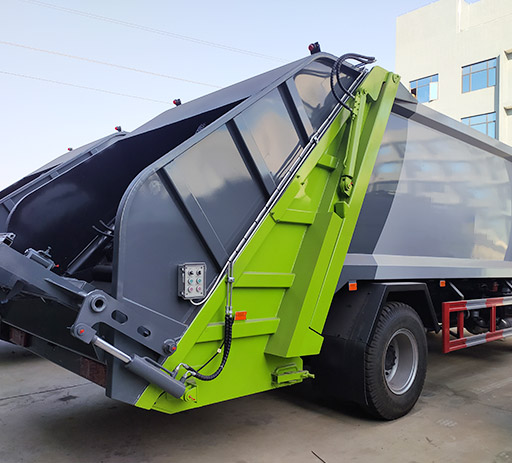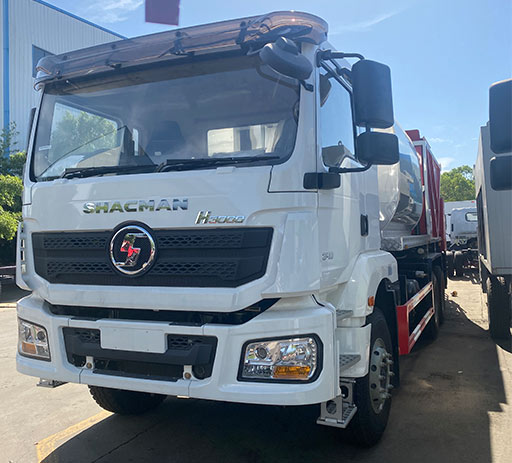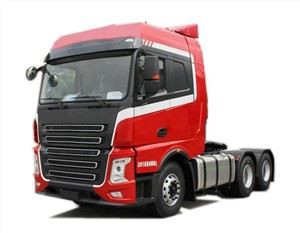Essential Insights into Tank Lorries: Types, Uses, and Best Practices
Introduction
Tank lorries, also known as tank trucks or tankers, play a vital role in the transportation of liquids and gases across various industries. From fuel delivery to food-grade products, these specialized vehicles are designed to safely and efficiently carry a wide range of materials. Understanding the intricacies of tank lorries, including their types, operating principles, and regulatory requirements, can help businesses optimize their logistics operations. This article dives deep into the world of tank lorries, providing a comprehensive guide that covers everything from their components to practical tips for safe usage.
1. What are Tank Lorries?
Tank lorries are heavy-duty trucks equipped with a tank for transporting liquids or gases. Their design allows for the safe containment and movement of hazardous and non-hazardous materials. Due to their unique construction, tank lorries are subject to specific regulations and standards to ensure safety during transportation.
1.1 Key Components of Tank Lorries
- Chassis: The body of the truck, providing structural support.
- Tank: The cylindrical container that holds the liquid or gas being transported.
- Pump: A device that allows for the unloading and loading of materials.
- Valves: Control the flow of materials in and out of the tank.
- Safety Features: Includes manholes, pressure relief valves, and other systems to prevent leaks and spills.
2. Types of Tank Lorries
There are several types of tank lorries, each designed for specific applications. Understanding these types helps businesses select the right tanker for their needs.
2.1 Fuel Tankers
Fuel tankers are designed to transport petrol, diesel, and other types of fuel. These lorries have specific safety measures due to the flammable properties of their contents.
2.2 Chemical Tankers
These are specialized tank lorries built to transport hazardous chemicals. They often feature double-hulled designs to prevent leaks and spills that could harm the environment.
2.3 Food-Grade Tankers
Food-grade tankers are used for transporting edible liquids, such as milk, juices, and oils. They must comply with stringent hygiene standards and regulations.
2.4 Water Tankers
Water tankers are primarily used for carrying potable water, irrigation, or other non-potable uses. They can also serve emergency services in fire-fighting operations.
2.5 Vacuum Tankers
Vacuum tankers are equipped with a vacuum system, allowing for the transportation of sewage or sludges, typically in waste management services.
3. The Importance of Safety Regulations
Transporting liquids and gases comes with inherent risks. To minimize these risks, various safety regulations govern the operation of tank lorries.
3.1 MSHA and OSHA Standards
The Mine Safety and Health Administration (MSHA) and Occupational Safety and Health Administration (OSHA) provide regulations on the safety standards tank lorry operators must follow to ensure safety for both workers and the environment.
3.2 DOT Regulations
The Department of Transportation (DOT) has set regulations (e.g., the Hazardous Materials Regulations) that cover the transportation of hazardous materials. Breaching these regulations can lead to severe penalties.
4. Operational Efficiency of Tank Lorries
To maximize the efficiency of tank lorry operations, companies must consider route planning, load optimization, and maintenance schedules.
4.1 Route Planning
Efficient route planning can save time and fuel costs. Using GPS and route optimization software can ensure that drivers avoid congested areas and hazardous routes.
4.2 Load Optimization
Maximizing payload while adhering to weight regulations is crucial. Proper load balancing ensures safety and minimizes wear on the vehicle.
5. Best Practices for Filling and Discharging Tank Lorries
Filling and discharging tank lorries requires careful attention to safety protocols to prevent accidents and spills.
5.1 Pre-Loading Checks
- Inspect the tank for any leaks or damage.
- Verify that the pump and hoses are functioning correctly.
- Ensure that all safety equipment is in place.
5.2 Loading Procedures
During loading, operators should monitor the process closely to prevent overfilling the tank. Using flow meters and automatic shut-off systems can help.
5.3 Discharging Procedures
- Check if the unloading site complies with safety regulations.
- Use proper PPE (personal protective equipment).
- Follow the established discharge protocols to prevent spills.
6. Technological Advances in Tank Lorry Design
The evolution of technology has led to the development of more efficient and safer tank lorries.
6.1 Automated Systems
Many modern tank lorries come equipped with automated systems for filling and discharging, minimizing the potential for human error.
6.2 Monitoring Technologies
Real-time monitoring cameras and sensors can detect any anomalies during transportation, immediately alerting drivers to potential issues.
7. Environmental Considerations
Companies need to consider the environmental impact of their tank lorry operations. Implementing sustainable practices can benefit both the environment and the bottom line.
7.1 Spill Prevention Planning
Developing a spill prevention plan can help minimize environmental damage. This includes proper training for drivers and regular inspections of vehicles.
7.2 Eco-Friendly Alternatives
Investing in eco-friendly tank lorries, such as those powered by alternative fuels, can help reduce carbon footprints.
8. Cost Analysis of Operating Tank Lorries
Understanding the costs associated with operating tank lorries is vital for businesses.
8.1 Initial Purchase Costs
The initial purchase of a tank lorry can be significant, depending on the type and features required. Businesses should perform a cost-benefit analysis to determine the best investment.

8.2 Maintenance and Operational Costs
Regular maintenance is essential to ensure the vehicle’s longevity and safety. Operational costs include fuel, insurance, and the driver’s wages.

9. Case Studies: Successful Tank Lorry Operations
Analyzing successful tank lorry operations can provide valuable insights for businesses looking to improve their logistics.
9.1 Case Study: Fuel Distribution
A fuel distribution company optimized its fleet by implementing a GPS tracking system, leading to improved route planning and reduced fuel consumption by 20%.
9.2 Case Study: Food Transport
A food-grade tanker company revamped its hygiene protocols, achieving 100% compliance with health standards and significantly reducing spoilage rates.
10. Frequently Asked Questions (FAQ)
10.1 What is the average lifespan of a tank lorry?
The average lifespan of a tank lorry generally ranges from 10 to 20 years, depending on maintenance and usage conditions.
10.2 Can tank lorries transport hazardous materials?
Yes, but they must comply with strict regulations set forth by the DOT and other governing bodies to ensure safe transport.

10.3 What certifications do drivers of tank lorries need?
Drivers typically require specialized training and certification, including CDL (Commercial Driver’s License) endorsements for transporting hazardous materials.
10.4 How can I improve the safety of tank lorry operations?
Implementing regular training programs, maintenance schedules, and spill prevention strategies are effective ways to enhance safety.
10.5 What are the main challenges faced by tank lorry operators?
Common challenges include regulatory compliance, environmental concerns, and operational costs.
10.6 Are there environmentally friendly tank lorries available?
Yes, there are tank lorries powered by alternative fuels and designed to minimize environmental impact through sustainable practices.
